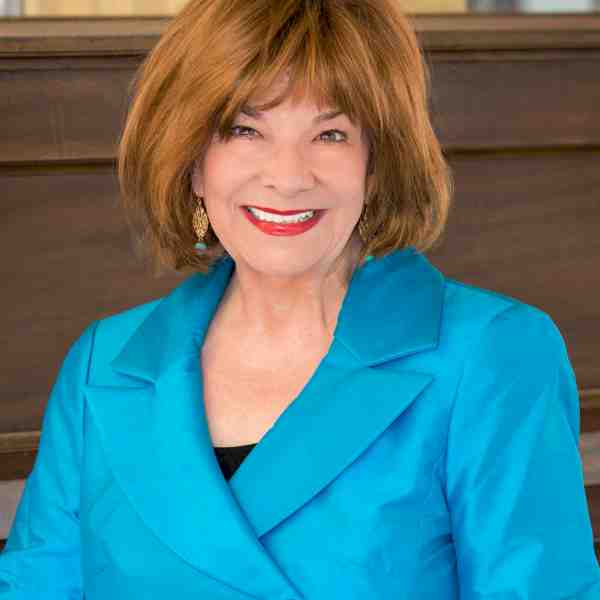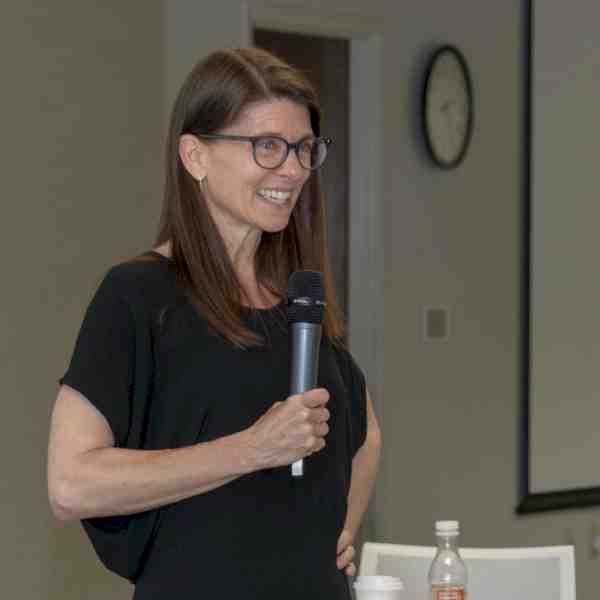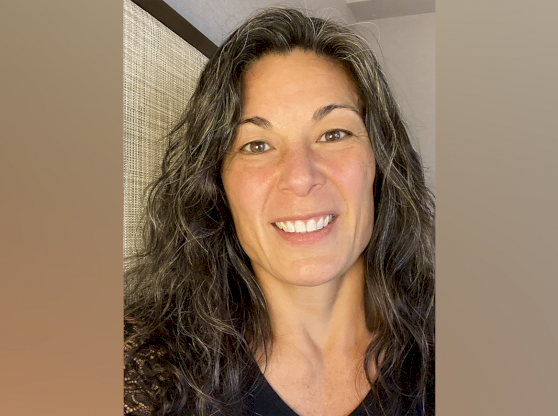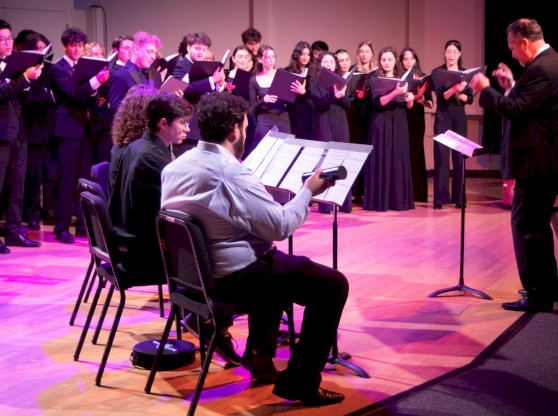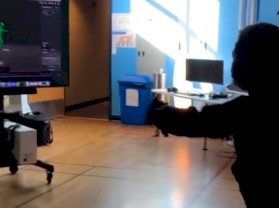Margery Pabst Steinmetz has her mother to thank for being introduced to the arts. At age six, her mom forced her to take piano lessons. But it’s not something she regrets. For one thing, practicing piano was an acceptable excuse to get out of cleaning the dishes. More importantly, though, she holds fond memories of playing for her parents as a child and throughout her adult life.
Steinmetz found herself returning to those piano lessons when she became a caregiver for family members. She saw, firsthand, the value of the arts as a tool for wellness. After years of advocating and building momentum for arts in health in her own circle and community, she is now an integral partner to the UF Center for Arts in Medicine.
In addition to being a pianist, Steinmetz is also an award-winning author, radio show host, and philanthropist. Her work is defined by the years she dedicated to providing caregivers the resources, hope, and inspiration to take on one of life’s most challenging tasks: caring for a loved one.
Steinmetz was a caregiver for family members at three different times in her life, and each time she leaned into her personal creative practices.
“I'm a piano player, I am a writer, and a storyteller of sorts,” Steinmetz says, “and so intuitively I used a lot of the arts when I was caregiving for my loved ones.”
These experiences drove Steinmetz to explore the benefits of arts and wellness further and share her findings with others.
Her first book, Enrich Your Caregiving Journey, brought over 500 people to a signing. Shortly after, Steinmetz found herself giving speeches and presentations on incorporating the arts into caregiving. She began an annual symposium at the University of Central Florida, inviting doctors, artists, and others to offer perspectives on this budding field.
“They got bigger every year,” she says. “We started off with maybe 100 people and it grew into 500 to 600 people.”
Her work continued to develop into two radio shows and a website, mycaregivingcoach.com. She describes these initial convenings, projects, and collision of ideas as exploratory.
“It was rather scattered. There was no real guiding core,” she says. “But we were exploring, not quite knowing where we were going.”
But then, she says, it started to coalesce.
In 2016, Steinmetz was introduced to Jill Sonke, the director of the UF Center for Arts in Medicine. Inspired by the decades-long work of the center, Steinmetz helped support the writing of a white paper focused on defining the terminology for the field of arts in health.
“Margie’s support for this paper and her thought leadership helped establish much-needed clarity in language for the field nationally,” Sonke says.
A few years later, Sonke and her colleagues embarked on national research and coalition-building on arts and public health with ArtPlace America, called the Creating Healthy Communities: Arts and Public Health in America initiative.
Part of the project included another white paper to examine how the arts and culture, community development, and public health sectors can collaborate as critical partners in advancing health in the U.S.
“When we planned another white paper, I couldn't imagine doing it without Margie,” Sonke says.
The Pabst Steinmetz Foundation—which was co-founded by Steinmetz and her husband, UF alumnus Chuck Steinmetz—helped fund the Creating Healthy Communities through Cross-sector Collaboration white paper.
The Creating Healthy Communities initiative also involved multiple convenings around the nation to bring together arts and culture industry leaders, community builders, and public health professionals who were already incorporating the arts with community health in their own ways—much like Steinmetz. The initiative helped develop shared terminology, build tools, and assemble resources that could be used by practitioners and policymakers.
Steinmetz was heavily involved in organizing and sponsoring a convening in Orlando, Florida. She says that the Arts and Public Health in Florida Conference cemented—for her and others—the idea that communities and higher education were critical partners in this work.
“Each needs the other,” Steinmetz says. “You have to have on-the-ground work happening that can prove the impact of arts and health. And you have to have a research-driven university like UF that can guide why this is important and guide the quantitative impact of why it matters.”
Steinmetz believes this collision is important if they are to build champions and influencers in the medical, arts, and philanthropic communities.
“It confirms the importance of collaboration,” she says. “In order to solve society's big issues, like depression, like mental illness, like trauma, you have to get friendly with somebody outside your orbit, outside your discipline.”
Now, a year after the formal conclusion of the Creating Healthy Communities initiative, Steinmetz’s partnership with the center continues. The Center for Arts in Medicine aims to make the arts an integral part of wellness, and Steinmetz is confident it’s possible.
The Pabst Steinmetz Foundation made a significant investment in the center, including its EpiArts Lab, a National Endowment for the Arts Research Lab that launched in 2020.
In its first year, the lab has completed analyses that examine long-term data sets of U.S. populations to understand how participation in arts activities may be related to health and well-being, health behaviors, child development, aging, and other health conditions.
Initial studies explore disparities in arts participation in the U.S., differences in predictors and barriers to arts and cultural engagement across age groups, and how engagement with the arts may—and are—contributing to a national movement toward social prescribing in the United States.
“The arts need to be every bit as accepted as part of health as fruits and vegetables and wearing your seatbelt,” Steinmetz says. “This is where we want to go, and I think we're going to get there. I know we're going to get there.”
College of the Arts Dean Onye Ozuzu says Steinmetz’s investment in the Center for Arts in Medicine is an important element to establishing the EpiArts Lab as the nation’s primary hub for driving interdisciplinary research at the leading edge of the field.
“Working with Margie on this has demonstrated how catalytic a strategic and thoughtful partnership with an engaged funder can be,” Ozuzu says. “As a result of her dedication, EpiArts research is on a trajectory to influence the way our nation approaches our most pressing health issues. Margie and her foundation’s partnership enable Jill Sonke and her team to continue equipping community organizations with evidence-based practices that they can implement to create healthier communities through arts and culture.”
For Sonke, Steinmetz is a leading partner in advancing the center’s work over the next decade, which focuses on leveraging its interdisciplinary expertise in epidemiology, data analysis, and community wellness and its globally recognized work as the national leader in arts in medicine to irrefutably demonstrate the role of the arts in promoting wellness.
“Margie’s partnership with the Center for Arts in Medicine and her decades-long leadership and advocacy of this work are critical to defining the future of arts and wellness,” she says, “one where the arts are seen as an essential part of each person’s toolkit for leading a healthy life.”
Read more about the EpiArts Lab and the Center for Arts in Medicine’s latest research.
To learn more about how to support the Center for Arts in Medicine’s mission, contact Lula Dawit, Director of Advancement.

